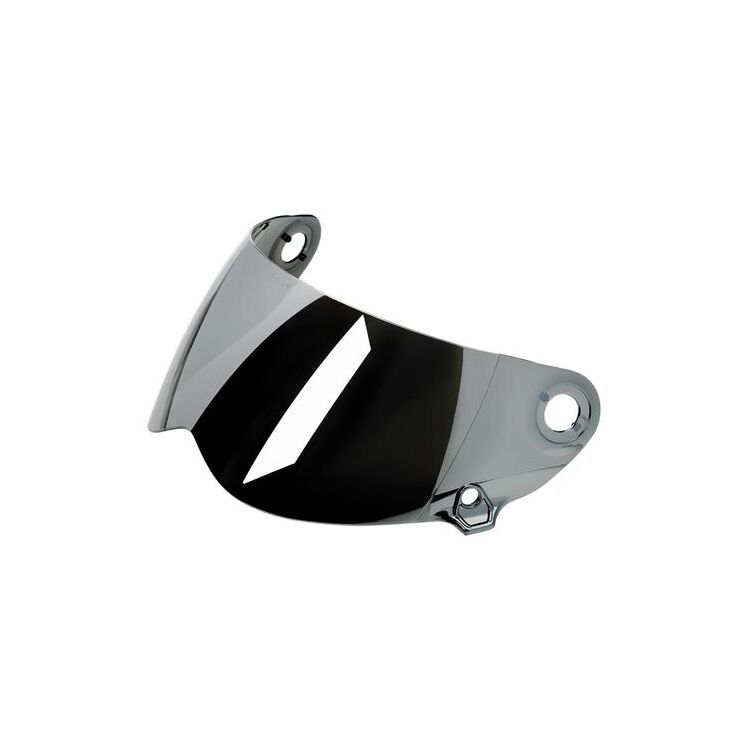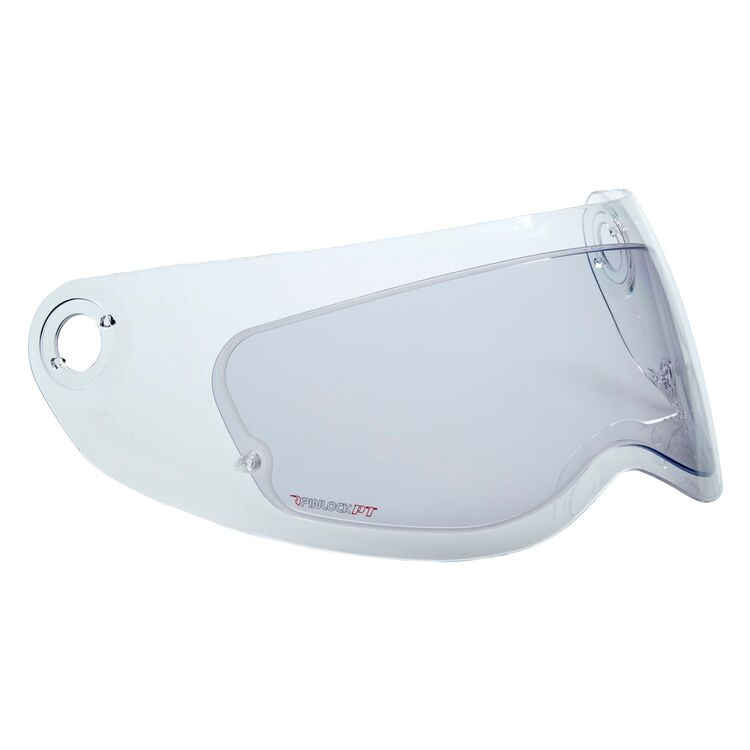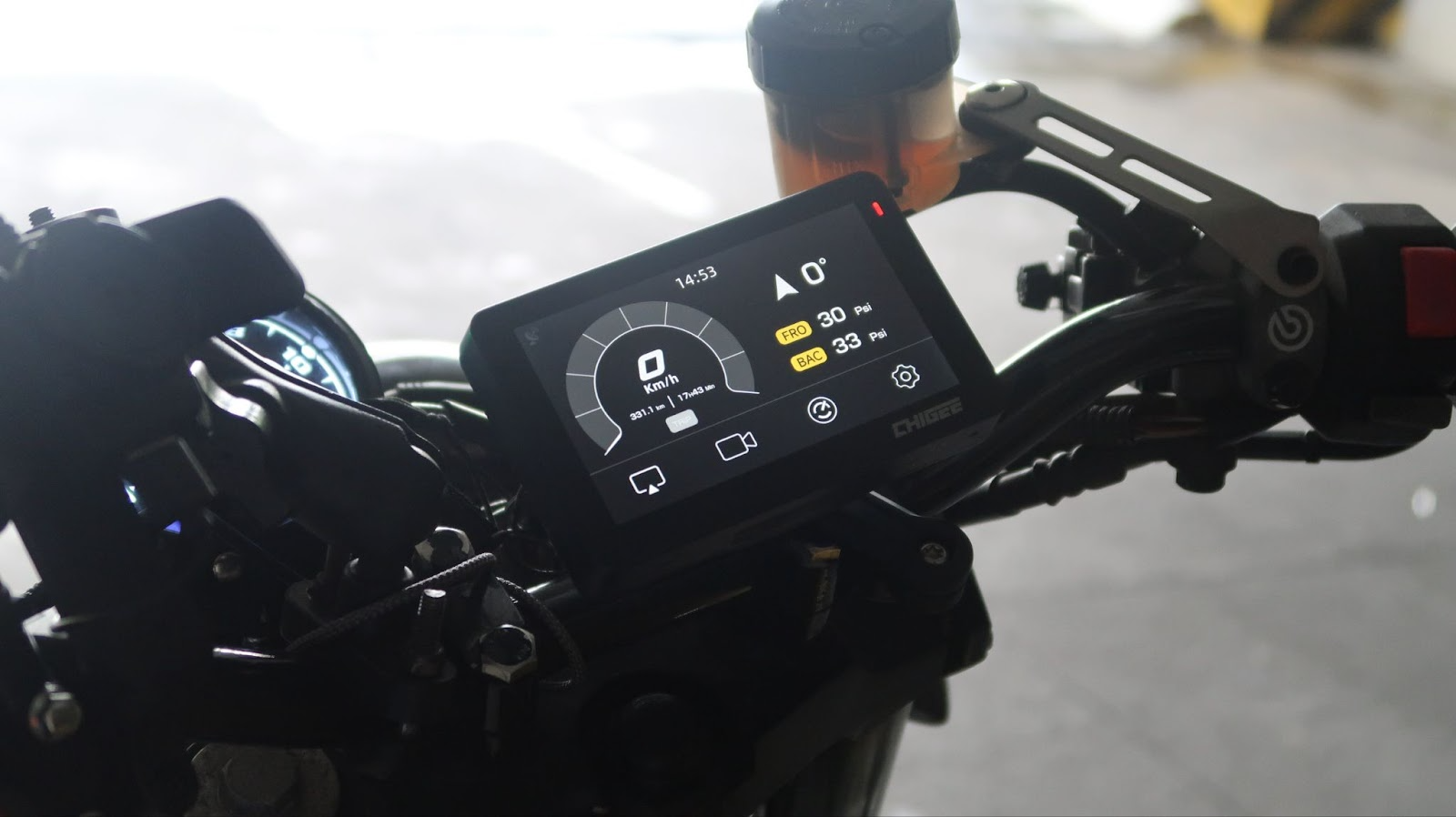
Biltwell Lane Splitter Review: A Touring Bike Perspective
left for contents
Today we’re talking about my helmet, the Biltwell Lane Splitter. I’ve had it for about six months, and I wanted to give you some of my thoughts.
You’ve probably already seen reviews of this helmet, and yeah, there are some common points that pop up over and over. But here’s the thing—your experience with this helmet can change a lot depending on what kind of bike you ride. I’m on a full dresser, a Harley-Davidson Ultra Classic, and that changes the game. So if you’re on a bagger, dresser, or touring motorcycle, you might find the Lane Splitter gives you a different experience than what sportbike or naked bike riders describe.
This article is based on the video by Ucmpigs.
Based on six months of riding in all kinds of conditions, here are three things I think deserve a second look:
- Ventilation and noise behave differently when you’ve got wind protection from a fairing.
- The Gen 2 face shield addresses the old issues with staying open.
- Cold, rain, or price—this helmet might outperform expectations if you’re riding a touring rig.
A retro full-face helmet with an aggressive look and modern upgrades. Now ECE R22.06 certified, it delivers on both safety and street style.
- ECE R22.06 certified for serious protection. Lightweight ABS shell.
- Wide eyeport with great visibility.
- Can feel snug around the cheeks.
- Ventilation is basic.
- No internal sun visor.
Putting It to the Test: Cold, Heat, and Rain
I picked this helmet up in January, right in the middle of winter in Southeastern Virginia. Now, our winters aren’t extreme—I ride basically all year long. Maybe two weeks out of the whole year where it’s not an option. We hit the 30s, sometimes freezing.
I’ve worn this helmet for my daily commute in the cold, did a four-hour trip in February, rode through “Rainconia” up in Laconia during the summer, and lately, it’s been hot. So I’ve put it through the wringer in all the elements.
Why Your Bike Style Matters
Let me say this upfront: I’m not here to bash other reviewers. But if you’re on a touring bike like I am, your experience is gonna be very different from someone riding a sport or naked bike.
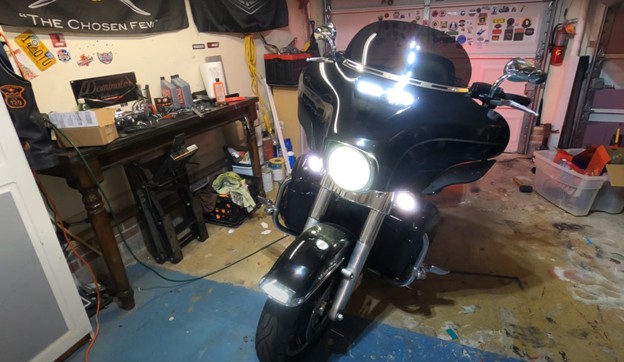
I ride with a six-inch windshield—so I still feel some wind—but the fairing makes a big difference. A lot of folks reviewing this helmet are on bikes with no wind protection, so yeah, you’re gonna have a different take on stuff like noise and ventilation.
The Face Shield Fix: Gen 2 for the Win
One of the top complaints used to be that the face shield wouldn’t stay open. That was true with earlier versions. But Biltwell fixed that in the Gen 2 shield.
Now, it holds in place, and you’ve got multiple adjustable positions. No problems at all there.
The latch? Yeah, it’s a little clunky. You kind of get used to it. Pull it out a bit, then up. It locks in tight, though.
I use a smoked chrome shield, which I bought separately. It’s supposed to be anti-scratch and anti-fog. Well, it got scratched on day one. And yes, it’ll fog when you’re stopped—but crack it open and you’re fine. Once you’re rolling, it clears up quick.
The Biltwell Lane Splitter Gen 2 Anti-Fog Face Shield features an upgraded anti-fog coating and improved detents for better positioning. Made from durable polycarbonate, it’s designed for clearer vision and easier use.
- Better anti-fog performance
- Improved shield stability
- Easy to install with new hardware
- Scratches easily
- Vents stay open (no closure)
- Pricier with Pinlock sold separately
Biltwell has a bunch of options if you want to swap shields—clear, mirrored, tinted, whatever. It’s easy to change with a couple of screws on the sides.
About My Helmet Background
I don’t have a ton of experience with full-face helmets. I used to rock a Gringo, and before that, it was half shells for years. I had an HJC way back when I rode a Ducati, but that was brief. So, I don’t have a massive baseline for comparing noise levels.
That said, the Lane Splitter is way quieter than the Gringo. I know it’s considered a loud helmet by full-face standards, and I’m not disputing that. But I’ve been motovlogging with it and haven’t had to touch the audio in post.
I’m running a Purple Panda lavalier mic right in front of my cheek pad, plugged straight into my GoPro. Go listen to my videos—I think the sound is surprisingly good for a “noisy” helmet.
Want Fog Protection? Consider Pinlock
Biltwell now offers a Pinlock-ready face shield for the Lane Splitter. You can insert a Pinlock lens that transitions in the sun and goes clear again in the shade. That’s a feature I’m definitely looking at picking up.
The Biltwell Lane Splitter Gen 2 Face Shield with ProtectTint auto-adjusts to light conditions and includes a Pinlock insert for fog-free visibility.
- Tint adapts to sunlight
- Pinlock anti-fog insert included
- Installs easily with Gen 2 hardware
- Not compatible with R22.06 helmets
- Can scratch easily
- More expensive than standard shields
Ventilation: Strong Airflow, Rain or Shine
Nobody’s going to argue—the Lane Splitter is well ventilated. You’ve got three large chin vents that are always open, two smaller side vents, and a big exhaust vent in the back. Inside, the liner has a ton of mesh, so air flows from front to back.
And being bald? I can really feel it working. The airflow’s strong across the crown, and I can feel it circulating. Those vents aren’t just for show.

Now, yeah—the vents don’t close. Some folks hate that in winter. But for me, even in the 30s, it wasn’t Arctic blast levels of cold. I felt the airflow, but it didn’t feel like I was getting hit in the face with a snowblower. You’re gonna get cold if you ride in winter—period. That’s what heated gear is for. But this helmet didn’t make it worse.
As for rain—yeah, my mouth got a little wet riding through downpours. I noticed some moisture in heavy rain, especially on the Laconia trip. But again, I’ve got a fairing. That probably changes a lot. It wasn’t a problem bad enough to bother me.
Don’t Duct Tape It
Some people talk about putting duct tape over the chin vents. Please don’t. You can mess up the helmet’s ventilation and safety features. If you’re desperate, try something inside—not outside.
Value and Build Quality: Don’t Let the Price Fool You
For around $250, I think this helmet’s a great value. People say it’s “cheap,” but that’s not fair. It’s got a tough ABS shell, and it’s DOT and ECE certified. That’s U.S. and European safety standards, both passed.
Interior: Comfortable, Customizable, and Cleanable
The interior uses EPS foam for impact protection, and the liner’s cushioned with quilted fleece Lycra. Feels good to me. The cheek pads aren’t overly bulky, and you can swap out different sizes if you want a tighter or looser fit.
Biltwell Lane Splitter Helmet Liner & Cheek Pads let you refresh your helmet’s fit and comfort with soft, replaceable padding.
- Adjustable fit with various thickness options
- Washable and easy to maintain
- Comfortable brushed Lycra material
- Feels tight until broken in
- Only fits Lane Splitter helmets
- A bit pricey for replacement pads
The liner and cheek pads come out completely, which is awesome—washable, reusable, and perfect after a sweaty summer or rainy ride.
Tech-Ready: Speakers and Glasses Fit Just Fine
My Cardo Packtalk Bold and JBL speakers fit right in. The helmet’s got deep ear pockets, so nothing’s pressing uncomfortably.
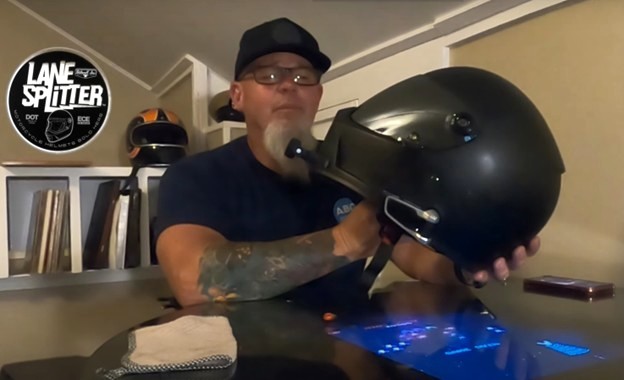
And if you wear glasses—good news. The Lane Splitter has channels for that. Mine slide in with just a little adjusting. Way easier than helmets that don’t have them.
Final Thoughts: A Solid Pick for Touring Riders
With all the features packed in—improved face shield, solid liner, ventilation, glasses compatibility, and safety certs—I think the Builtwell Lane Splitter is a great helmet for its price. And yeah, I like the look. It’s got that retro, street-fighter vibe. Not too futuristic, not too flashy. It pairs great with a custom or touring bike.
Like I said, watch lots of reviews before you buy. Think about your ride, your weather, your riding style. Not every review will apply to your setup. That’s why I wanted to share my experience from a touring bike point of view.
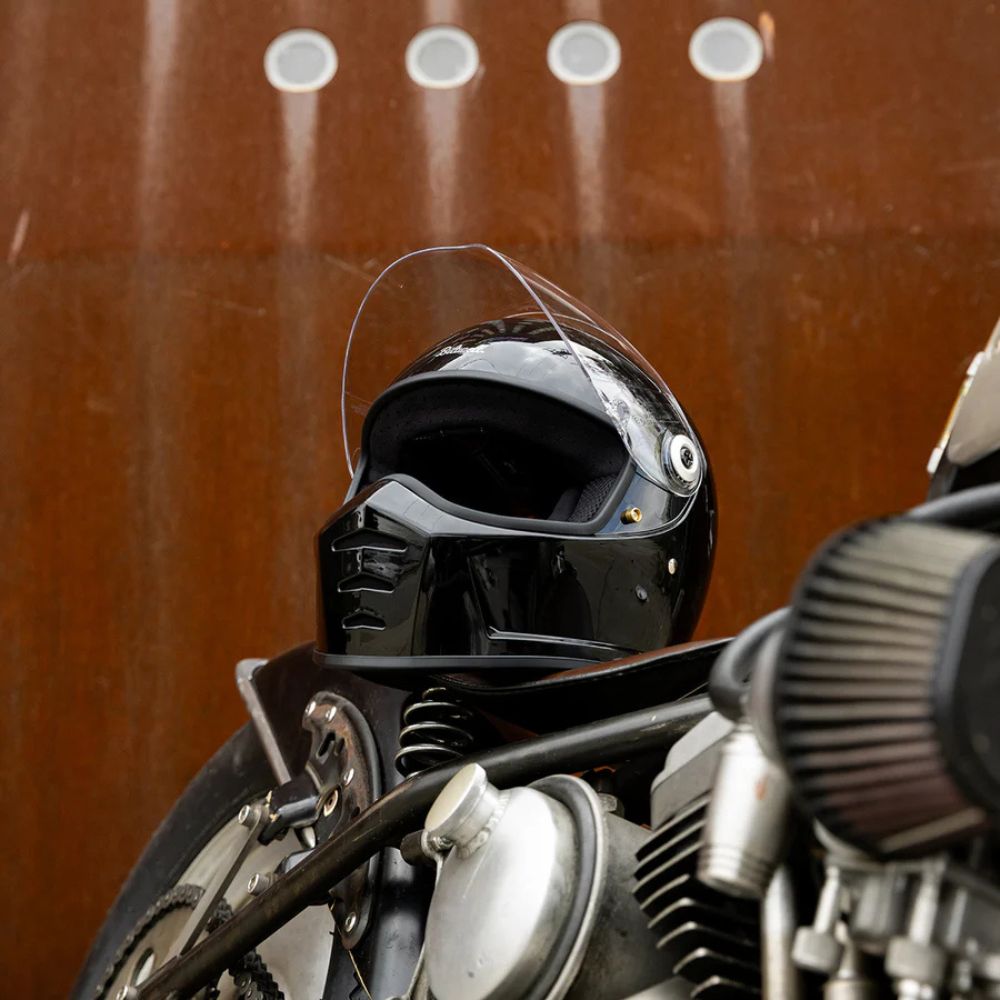
At $250, you really can’t go wrong—especially if you know how this helmet fits into your kind of riding. Sure, high-end helmets have more bells and whistles, but if you’re replacing your lid every 3 to 4 years like you should, this one just makes more sense to me.
Whether you’re looking for your main helmet or something for a passenger, the Biltwell Lane Splitter deserves a serious look.
Thanks for checking it out, y’all. Until next time—ride safe, keep the shiny side up, and we’ll talk again soon.
A retro full-face helmet with an aggressive look and modern upgrades. Now ECE R22.06 certified, it delivers on both safety and street style.
- ECE R22.06 certified for serious protection. Lightweight ABS shell.
- Wide eyeport with great visibility.
- Can feel snug around the cheeks.
- Ventilation is basic.
- No internal sun visor.
Related
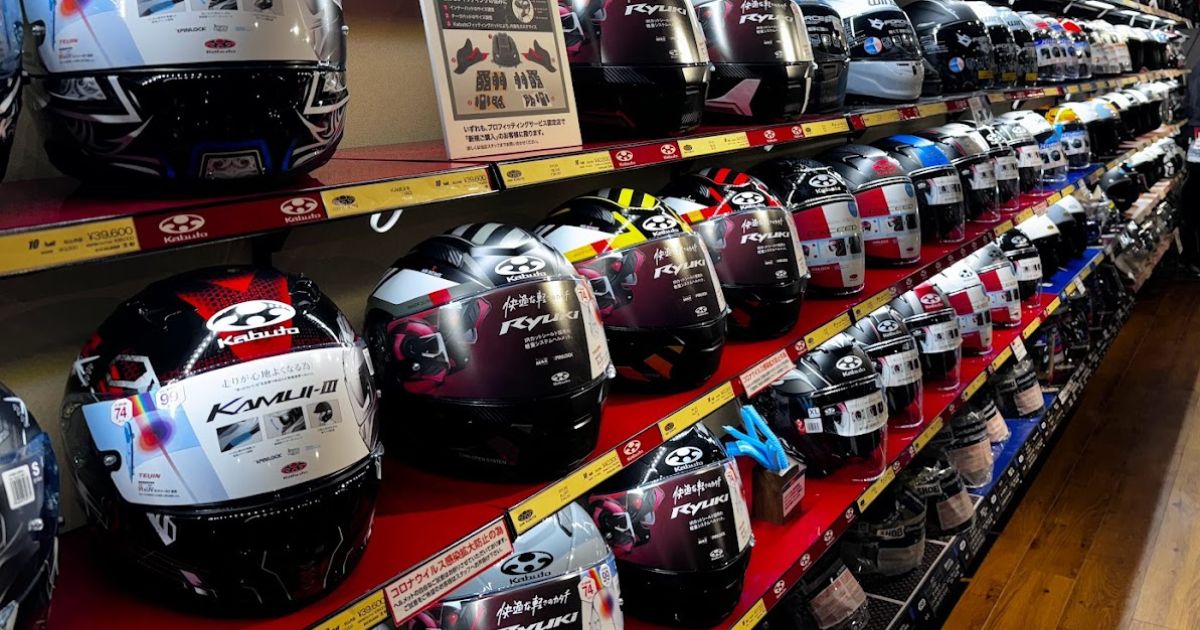
ECE vs Snell: Decoding Helmet Safety for Every Rider
Helmet safety standards like ECE and Snell can be confusing. Here’s how they differ—and how to choose the right one for your riding style and protection needs.


